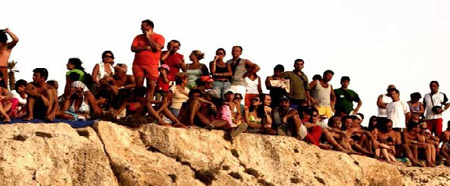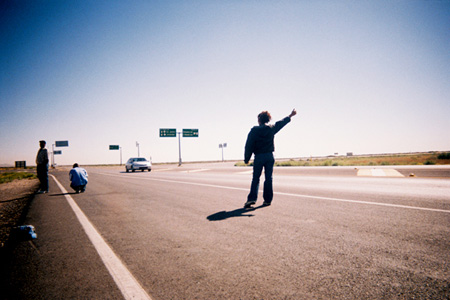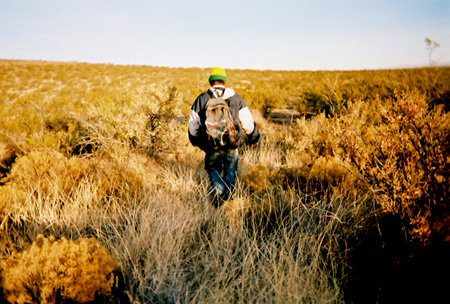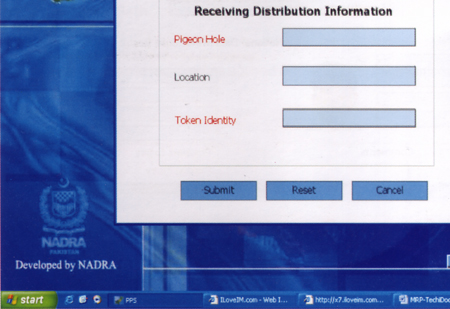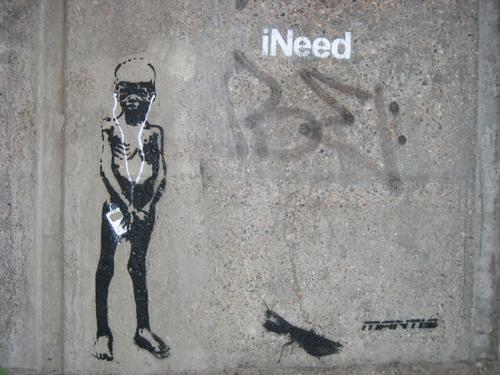Meanwhile at the border... (one week in Malta)
I think i have mentioned before that I am maintaining a list of reported deaths of immigrants trying to enter the European Union called meanwhile at the border. This is quite a depressing routine that builds on a couple of google news alerts and a number of highly customized rss-feeds. some of the links that i am getting in my inbox do not immediately reveal if the linked pages are indeed news reports concerning drowned/shot/dehydrated migrants which means i get to see a fair amount of websites that contain any possible combination of the words ‘migrants’, ‘dead’, ‘drowned’, ‘illegal’ and so forth while following up on them.
Today i ran into a remarkable feature on the site of maltatoday.com. They have a page that lists this week’s headlines and the current edition of which exists for almost 50% of headlines related to the influx of migrants to the island of Malta:
Sunday, 25 June
Child born on patrol boat
A Somali woman gives birth to a boy on board the Armed Forces patrol boat that goes out to rescue a group of illegal immigrants, including the woman, caught out at sea. The AFM rescues 25 migrants and the mother gives birth to her child the moment she is transferred to the military patrol boat. Both mother and child are reportedly in good health after being transferred to St Luke’s Hospital.[…]
Monday, 26 June […]
Migrants give the slip
Seven migrants are on the run after landing with a group of 27 others at Xghajra in the dead of night. The migrants are noticed during a police patrol in Xghajra and apprehended by the police after a thorough search of the area. Seven Africans, remain on the loose. […]
Tuesday, 27 June
Mass breakout
Almost 400 illegal immigrants escape from the Safi detention centre and attempt to march all the way to Valletta to protest against detention. The mass breakout also turns violent at times with immigrants hurling stones at police officers and soldiers who at times seemed to be overwhelmed. A sizeable group of immigrants gets as far as the roundabout leading to Garibaldi Road in Marsa before being forced back into the centre by the security forces almost two hours later. Several police officers, soldiers and immigrants are slightly injured. Security personnel, called in from all parts of Malta, show great restraint in controlling an extremely tense situation.
266 more migrants
The largest group to date of immigrants is sighted off Malta’s coast after the boat they are on stalls. The 266 immigrants initially refuse the army’s assistance but then are persuaded to board an army patrol boat and brought to shore. The immigrants hail from Morocco and Egypt and are very likely to be repatriated soon.[…]
Thursday, 29 June […]
More migrants arrive
A group of 28 illegal immigrants including three women arrive in Malta aboard a boat. They land at Benghisa in Birzebbuga and are rounded up by the police.
Friday, 30 June […]
48 migrants arrive
Another group of 48 illegal immigrants, all men, arrives in Malta after being brought in by the army to Haywharf. Saturday, 1 July
I guess this pretty much speaks for itself. Also in other news today one migrant was shot and two fell to death while trying to enter Melilla (a.k.a Europe) from Morocco and 21 bodies of sub-saharan migrants washed up on a beach in western Morocco)

